A lead shot of 1 mm diameter falls through a long colummn of glycerine. The variation of the velocity v with distance covered (s) is represented by
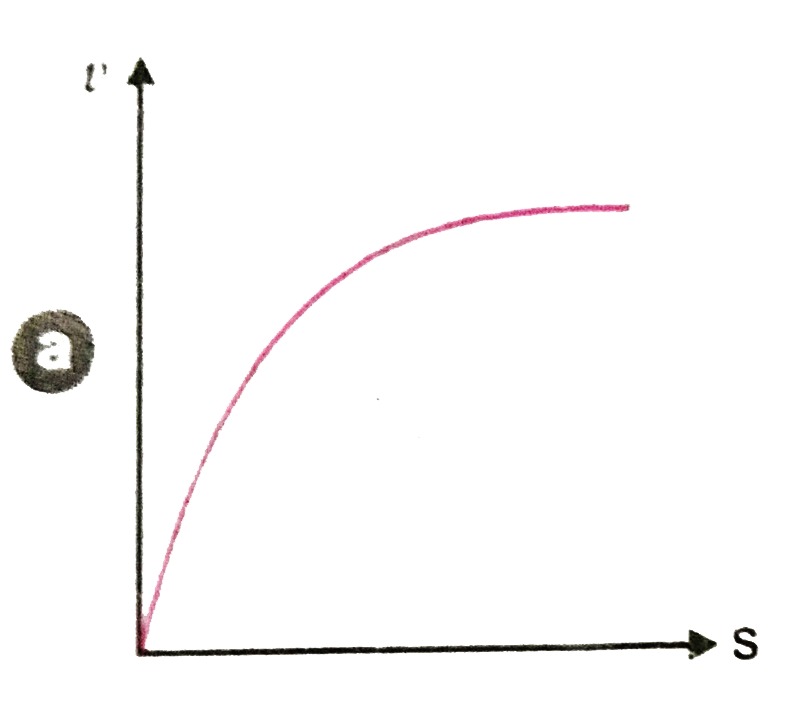
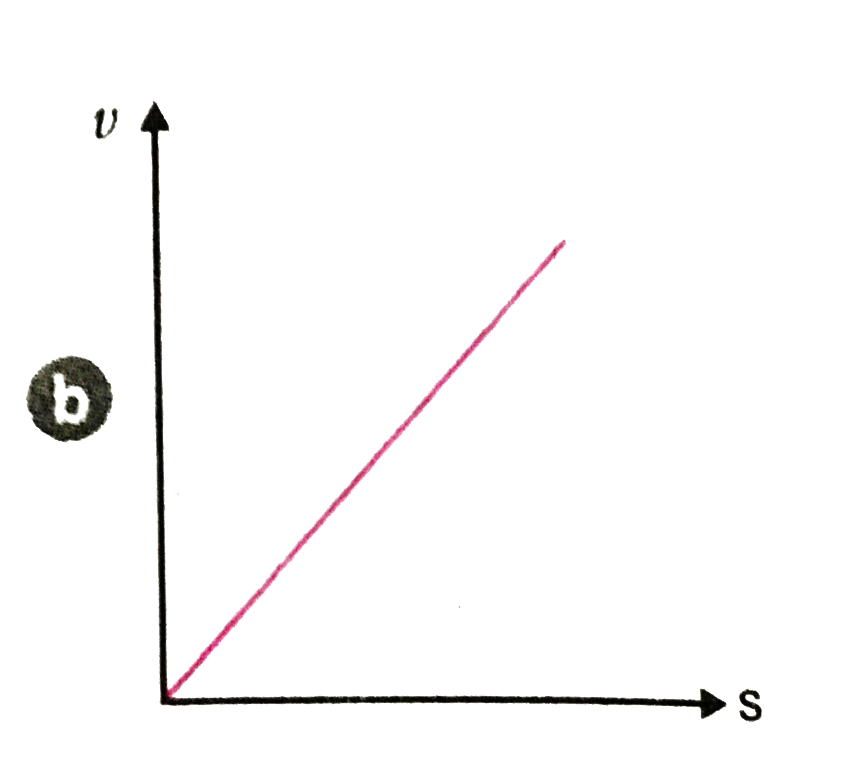
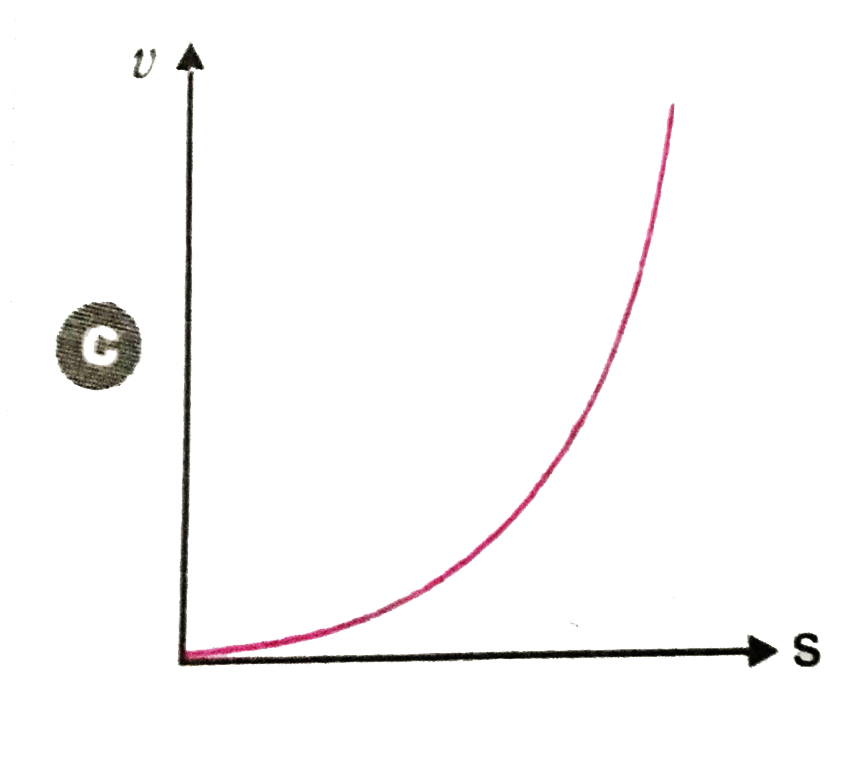
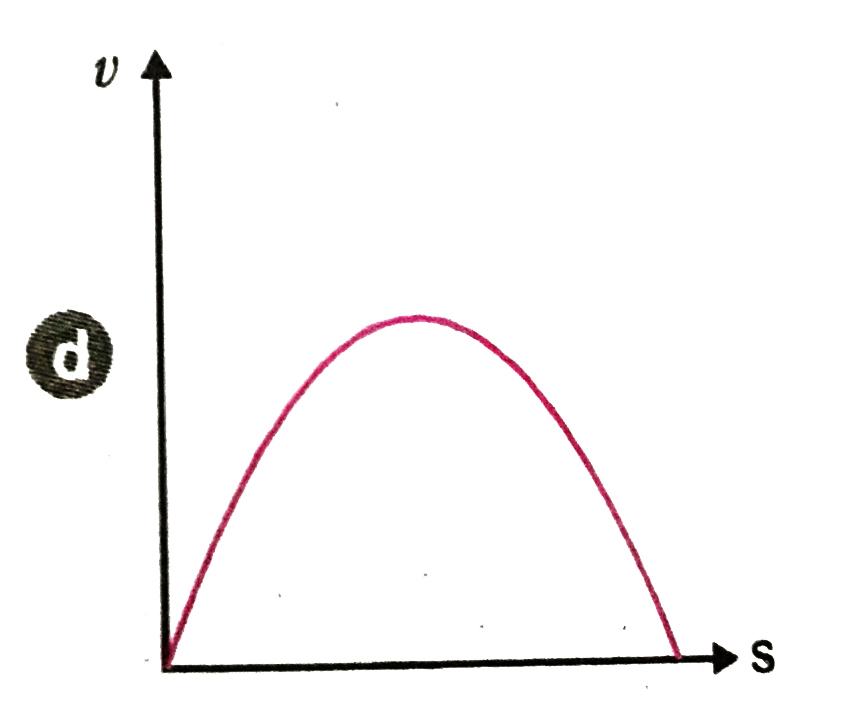
The correct Answer is:A
In the beginning, due to gravity pull, the lead shot will be ac celerated and hence will move with increasing velocity for some time. When the viscous force balance the gravity pull, then the shot will move with constant velocity by shot. Thus option (a) is correct.
Topper's Solved these Questions
- BOOK - PRADEEPCHAPTER - PROPERTIES OF BULK MATTEREXERCISE - Integer Type Questions12videos
PROPERTIES OF BULK MATTER
- BOOK - PRADEEPCHAPTER - PROPERTIES OF BULK MATTEREXERCISE - Asseration - Reason Type Question18videos
PROPERTIES OF BULK MATTER
- BOOK - PRADEEPCHAPTER - PROPERTIES OF BULK MATTEREXERCISE - Multiple choice questions-II14videos
PROPERTIES OF BULK MATTER
- BOOK - PRADEEPCHAPTER - PHYSICAL WORLD AND MEASUREMENTEXERCISE - Competiton Focus Jee Medical Entrance18videos
PHYSICAL WORLD AND MEASUREMENT
- BOOK - PRADEEPCHAPTER - RAY OPTICSEXERCISE - Problem For Practice(a)25videos
RAY OPTICS
Similar Questions
A spherical ball of iron of radius 2 mm is falling through a column of glycerine. If densities of glycerine and iron are respectively 1.3×103kg/m3 and8×103kg/m3. η for glycerine = 0.83Nm–2 sec, then the terminal velocity
View Solutionfind the terminal velocity of a steel ball 2mm in diameter falling through glycerine. Relative density of steel =8, relative density of glycerine =1.3 and viscosity of glycerine=8.3 poise.
View Solution
Knowledge Check
- Question 1 - Select One
A lead shot of a 1mm diameter falls through a long column of glycerine.The variation of its velocity v with distance coverd is represented by,
A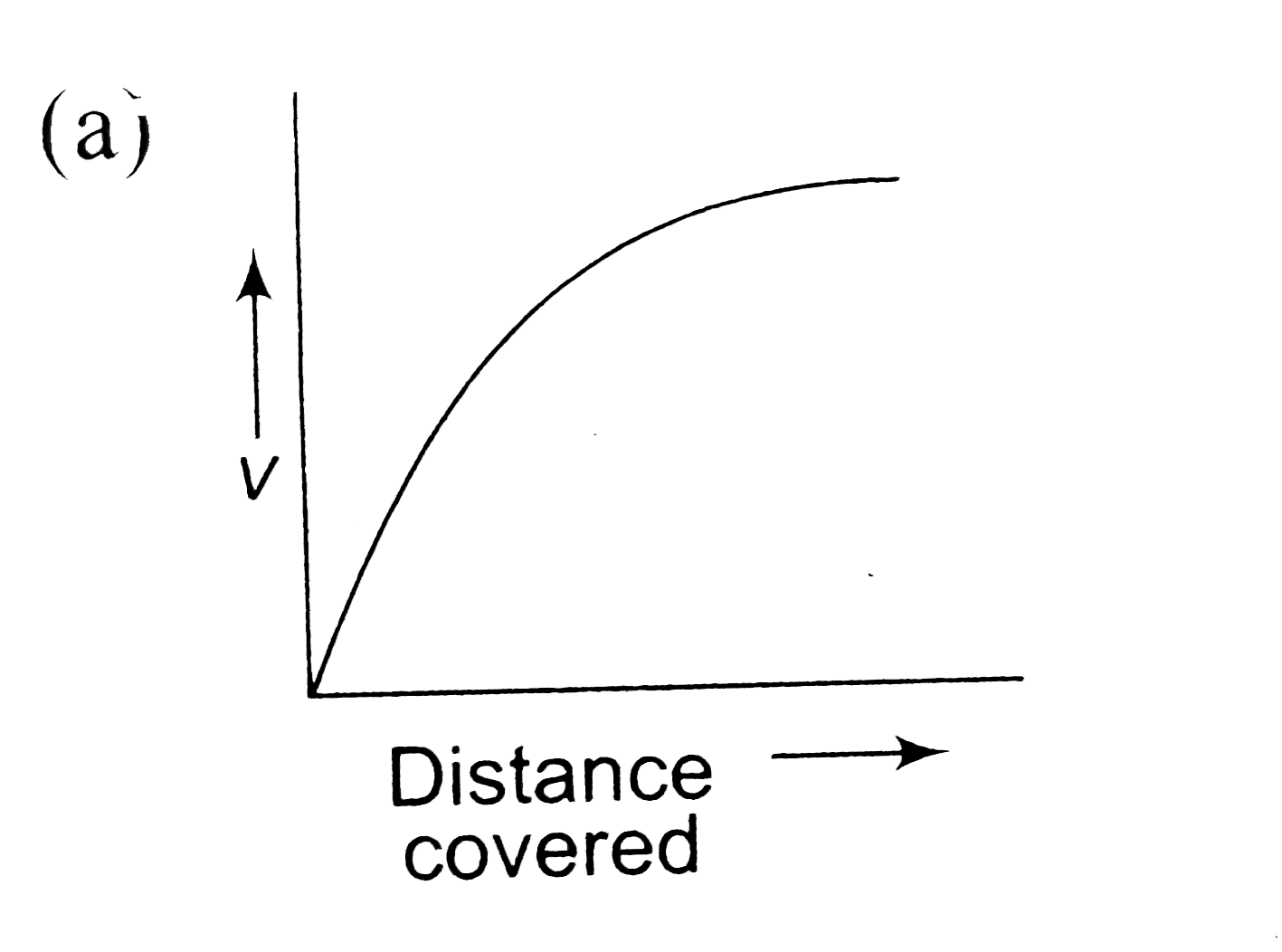 B
B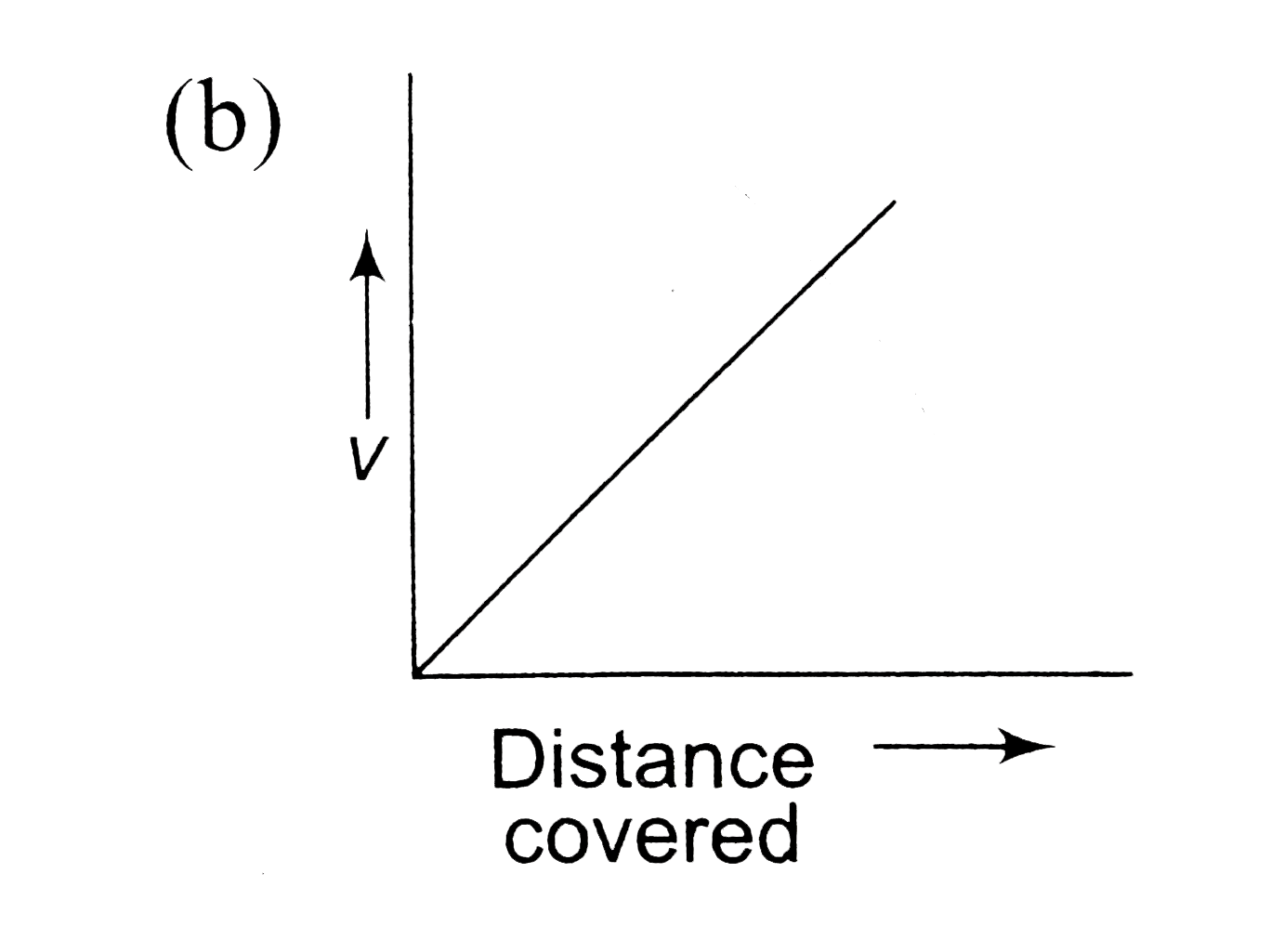 C
C D
D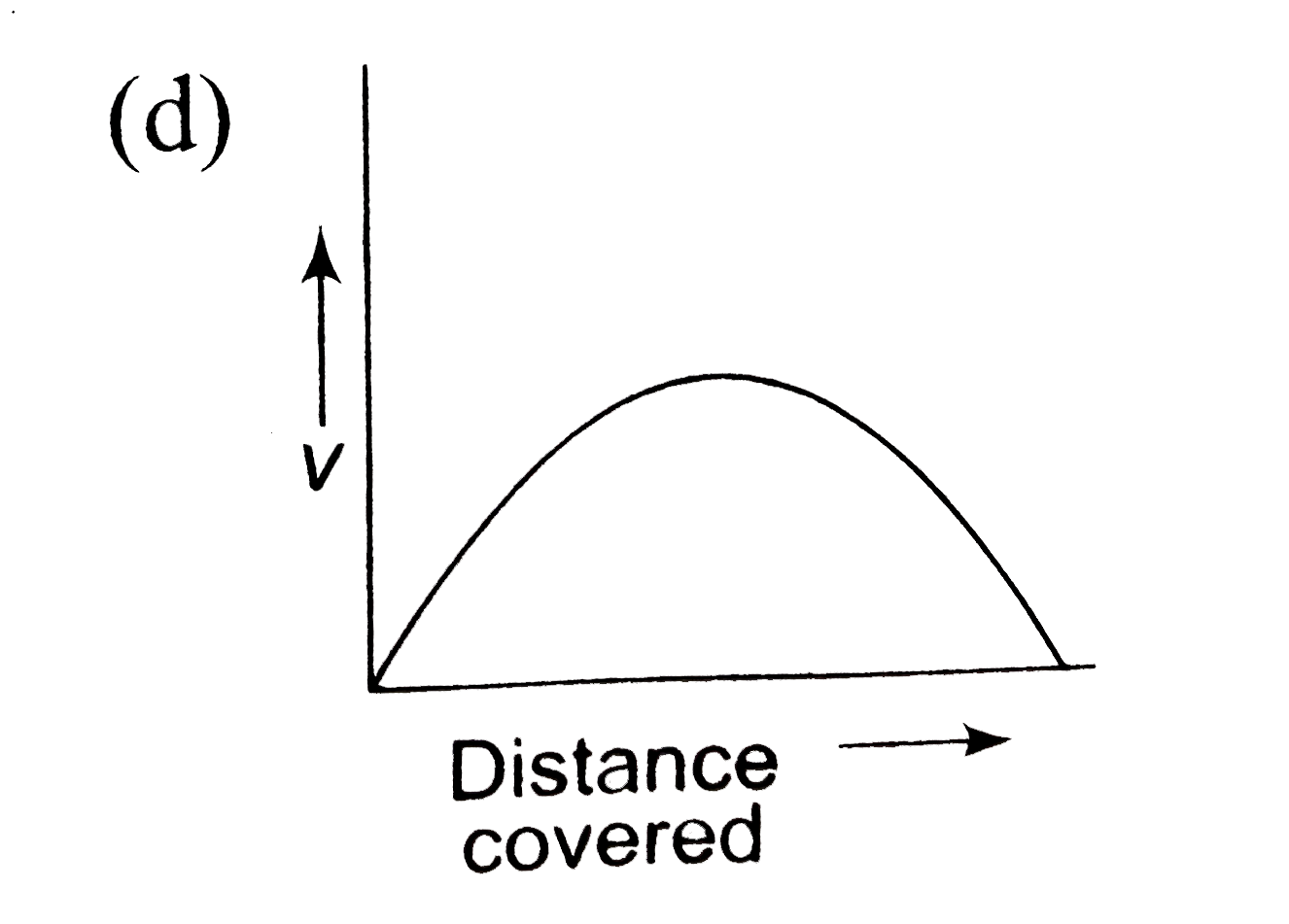
- Question 2 - Select One
A body starting from rest moves along a straight line with a constant acceleration. The variation of speed (v) with distance (s) is represented by the graph
A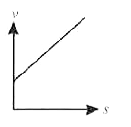 B
B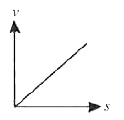 C
C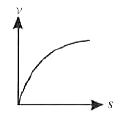 D
D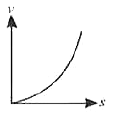
- Question 3 - Select One
A body starting from rest moves along a straight line with a constant acceleration. The variation of speed (v) with distance (s) is represented by the graph
A√α2+β2B3t√α2+β2C3t2√α2β2Dt2√α2+β2
A ball bearing of radius of 3mm made of iron of density 7.85gcm−3 is allowed to fall through a long column of glycerine of density 1.25gcm−3. It is found to attain a terminal velocity of 2.20cms−1. Determine the viscosity of glycerine in centipoise. ( Take g=10m/s2)
View SolutionA ball bearing of radius 1.5 mm mode of iron of density 7.85gcm−3 is allowed to fall through a long columu of glycerice of density 1.25gcm−3 lt is found to attain a terminal velocity of 2.25 cms−1 .Determine the viscosity of glycerine in centipoise .
View SolutionA point moves along an arc of a circle of radius R. Its velocity depends on the distance covered s as v=√s, where a is a constant. Find the angle α between the vector of the total acceleration and the vector of velocity as a function of s.
View SolutionA spherical steel ball released at the top of along column of glycerin of length l falls through a distance l/2 with accelerated motion and the remaining distance l/2 with uniform velocity let t1 and t2 denote the times taken to cover the first and second half and w1 and w2 are the work done against gravity in the two halves, then compare times and work done.
View SolutionA steel ball-bearing of diameter 3 mm falls through glycerine and covers a distance of 25 cm in 10 sec. The specific gravity of steel and glycerine are 7.8 and 1.26 respectively. What is the viscosity of glycerine. Density of water = 1000 kg m−3.
View Solution

